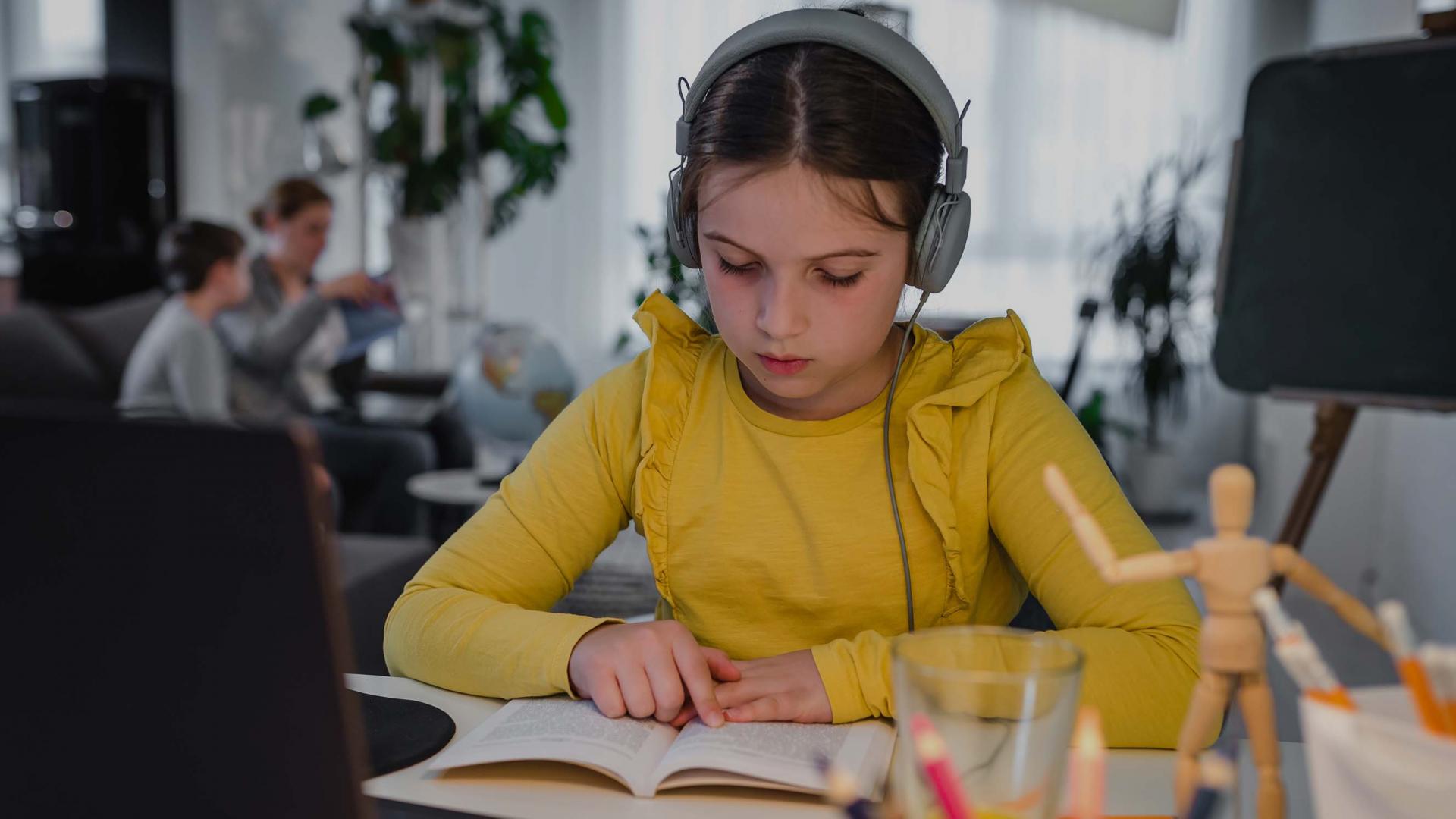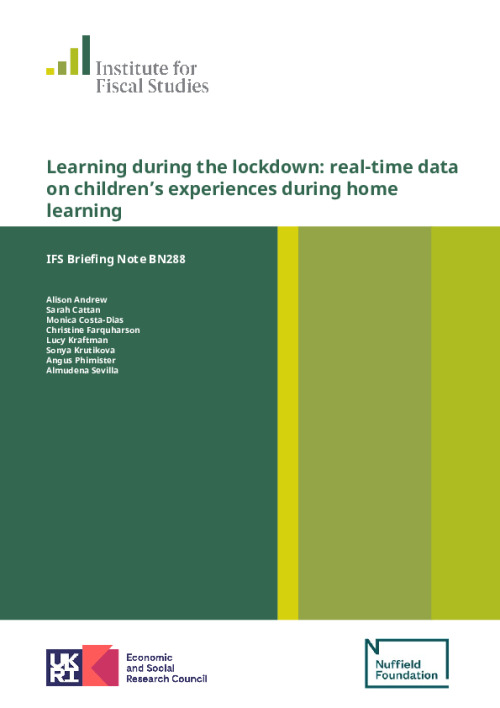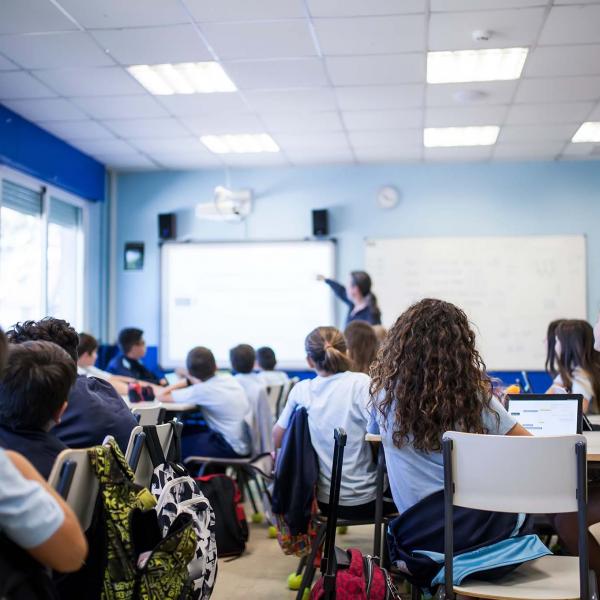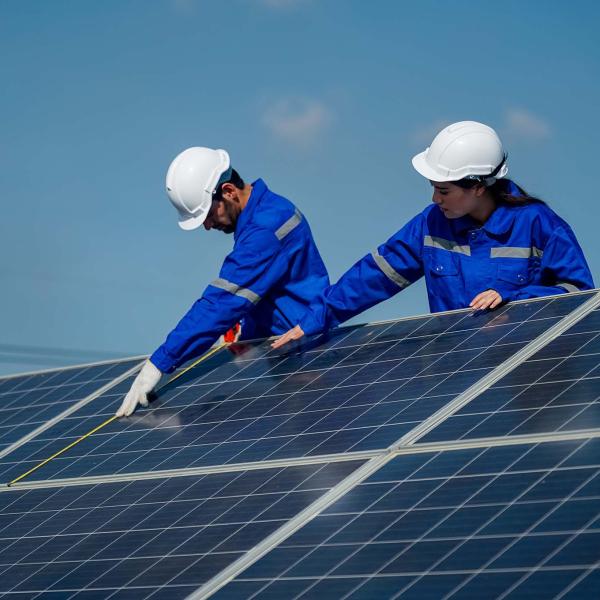On 20 March 2020, UK schools closed their gates to all but the children of essential workers and those deemed most vulnerable. As of 15 May, this remained the case; should the progress of the pandemic permit, some more children might be allowed to return at the start of June.
School closures have presented a huge challenge to both children and their parents. They are also a big concern for policymakers for many reasons, not least because months out of school risk setting back children’s learning and development. This is particularly concerning for children from disadvantaged backgrounds, who already achieve less well on average than their better-off classmates.
The transition to home learning will be a disruption for virtually every child in England. However, the extent to which it is a harmful one will depend on how home learning is implemented in each school and in each family. For policymakers seeking to balance the public health benefits of the lockdown with the economic and educational costs of school closures (which in turn will have consequences for health), it is essential to understand what home learning during lockdown looks like across the country.
In this report, we present initial evidence on how children are spending their time during the lockdown, with a focus on home learning activities and the home learning resources available in different families. This evidence is based on a new survey, specially designed by researchers at IFS and the Institute of Education (IoE). The survey was completed online by over 4,000 parents of children aged 4–15 between Wednesday 29 April and Tuesday 12 May 2020.
Key findings:
- Primary and secondary students are each spending about 5 hours a day on average on home learning. However, secondary school children are more likely to have online classes and to spend their leisure time online.
- Higher-income parents are much more likely than the less well-off to report that their child’s school provides online classes and access to online videoconferencing with teachers. 64% of secondary pupils in state schools from the richest households are being offered active help from schools, such as online teaching, compared with 47% from the poorest fifth of families. 82% of secondary school pupils attending private school are offered active help, with 79% being provided with online classes.
Children from better-off families are spending 30% more time on home learning than are those from poorer families. Children in the highest-income fifth of families spend 5.8 hours a day on educational activities, over 75 minutes more than their peers in the poorest fifth of households (4.5 hours). Over the 34 days (minimum) that schools will be closed, students in the best-off families will have done more than 7 full school days’ worth of extra learning time. If schools do not go back until September and current rates of home learning continue, the gap would double to 15 full school days. This could have very substantial long-term consequences in light of evidence that even one extra hour a week of instructional time can significantly raise achievement.
Better-off students have access to more resources for home learning. Within state primary and secondary schools, parents in the richest families are around 15 percentage points more likely than those in the poorest fifth to report that their child’s school offers active resources such as online classes, or video or text chatting. More than half (58%) of primary school students from the least well-off families do not have access to their own study space.
Many parents of both primary and secondary school students report struggling with supporting home learning. Almost 60% of the parents of primary school children and nearly half of the parents of secondary school children report that they are finding it quite or very hard to support their children’s learning at home.
School closures are almost certain to increase educational inequalities. Pupils from better-off families are spending longer on home learning; they have access to more individualised resources such as private tutoring or chats with teachers; they have a better home set-up for distance learning; and their parents report feeling more able to support them. Policymakers should already be thinking about how to address the gaps in education that the crisis is widening.
- Whatever strategy the government pursues for reopening schools, there is a risk that it will increase inequalities. Fewer than half of parents say they would send their child back to school if they had the choice. Higher-income parents report being more willing for their child to go back to school. This risks a situation where the children struggling the most to cope with home learning remain at home while their better-off classmates are back in the classroom.
Note: download report was revised to correct for a labelling error in Figure 3 (22/05/2020)















